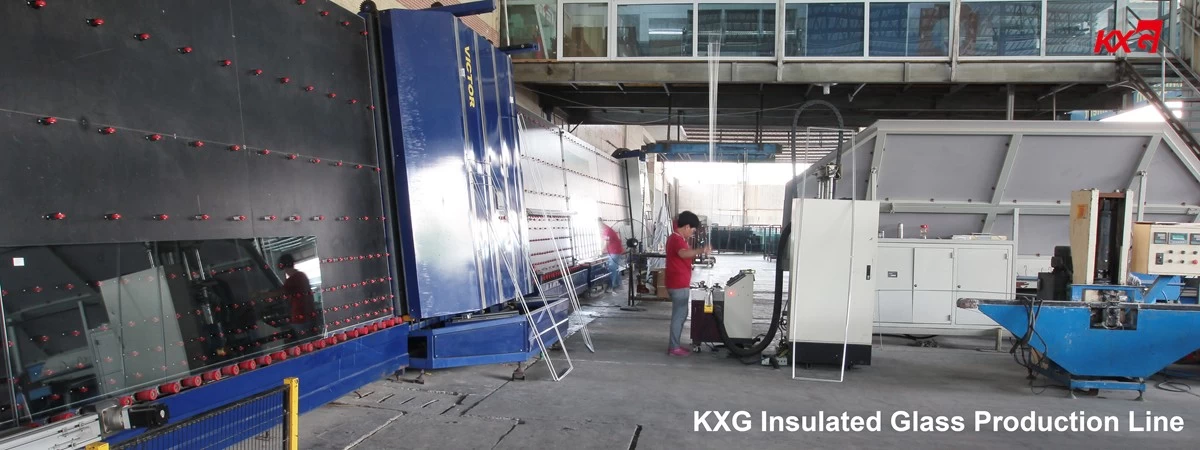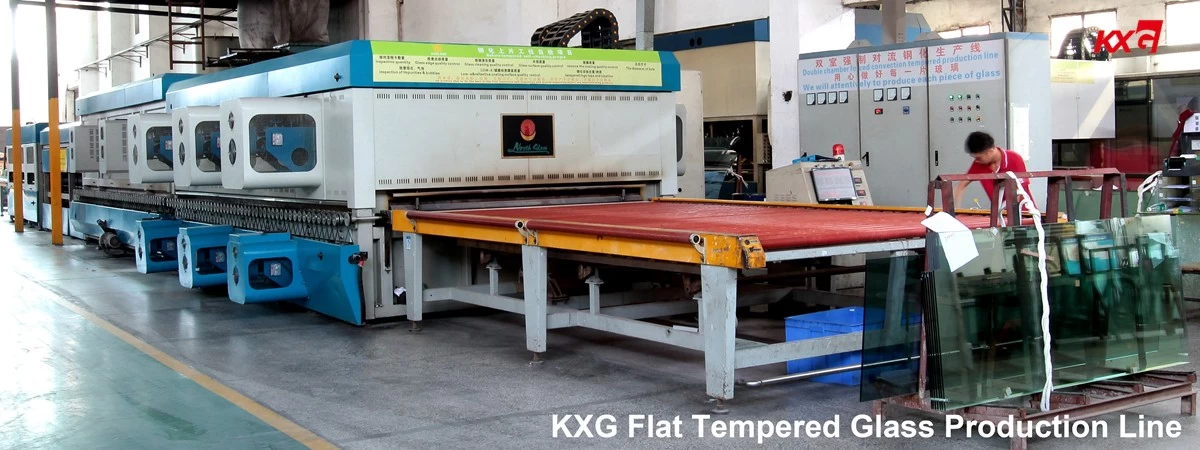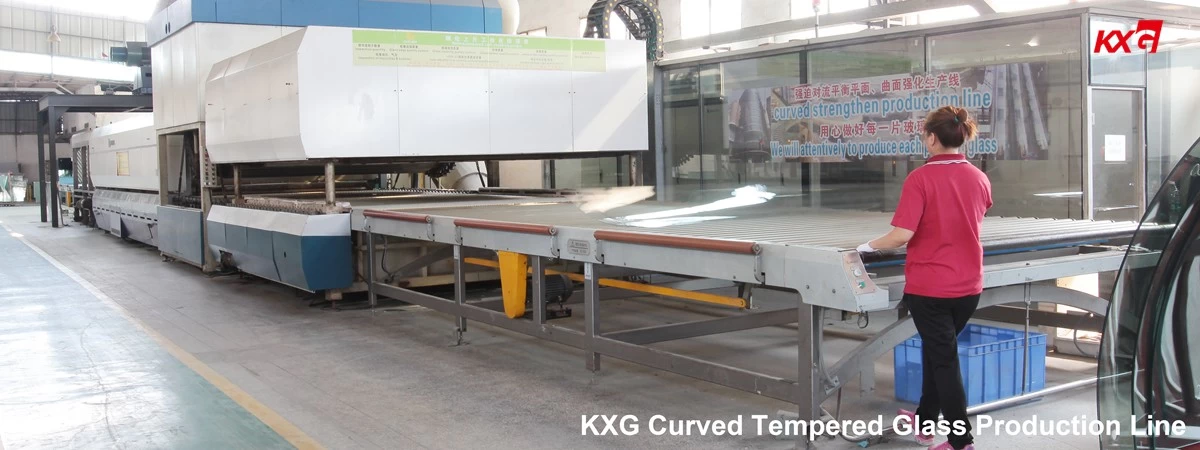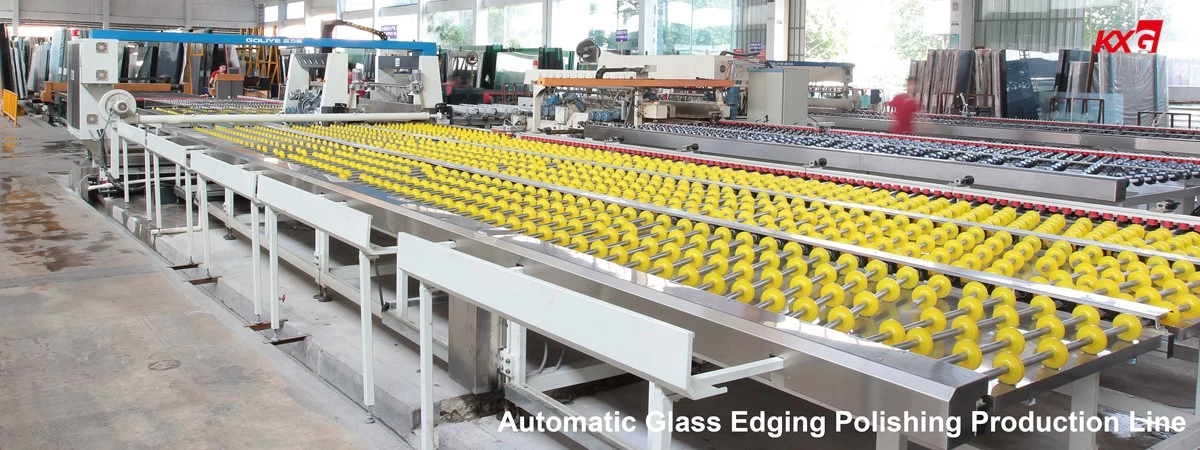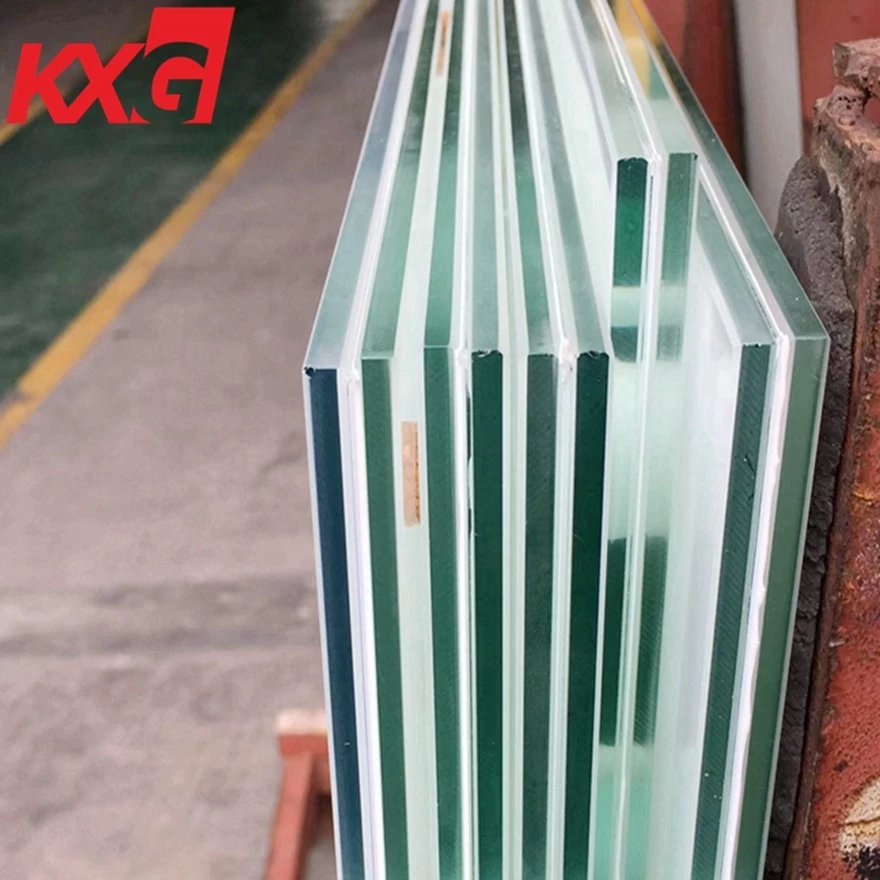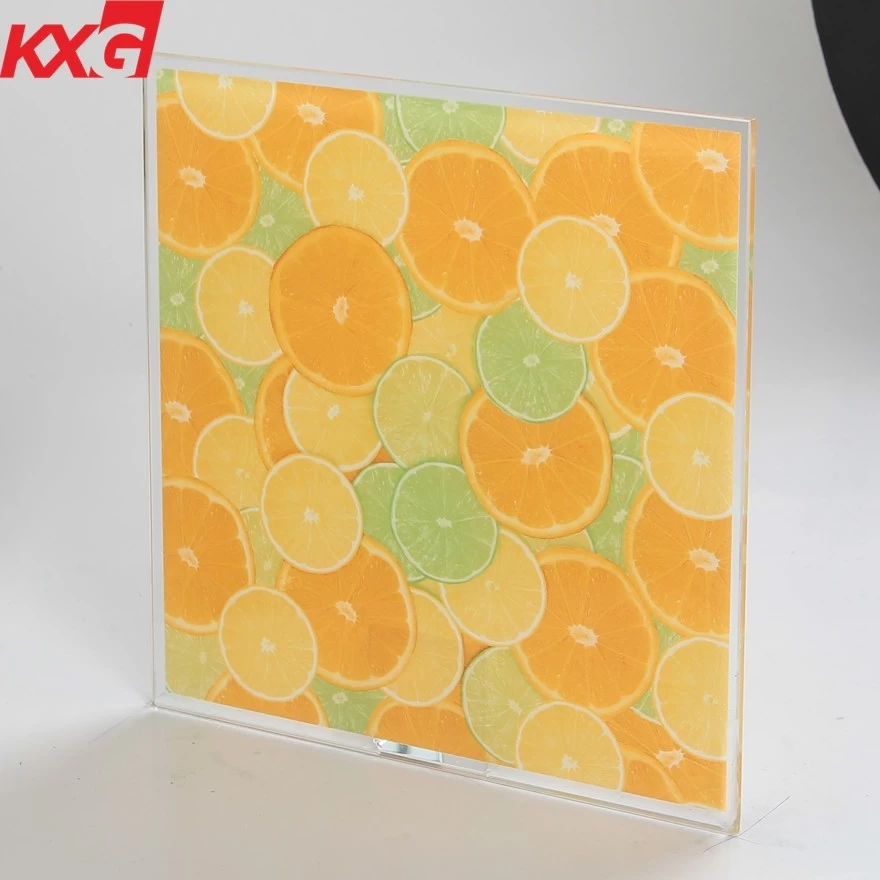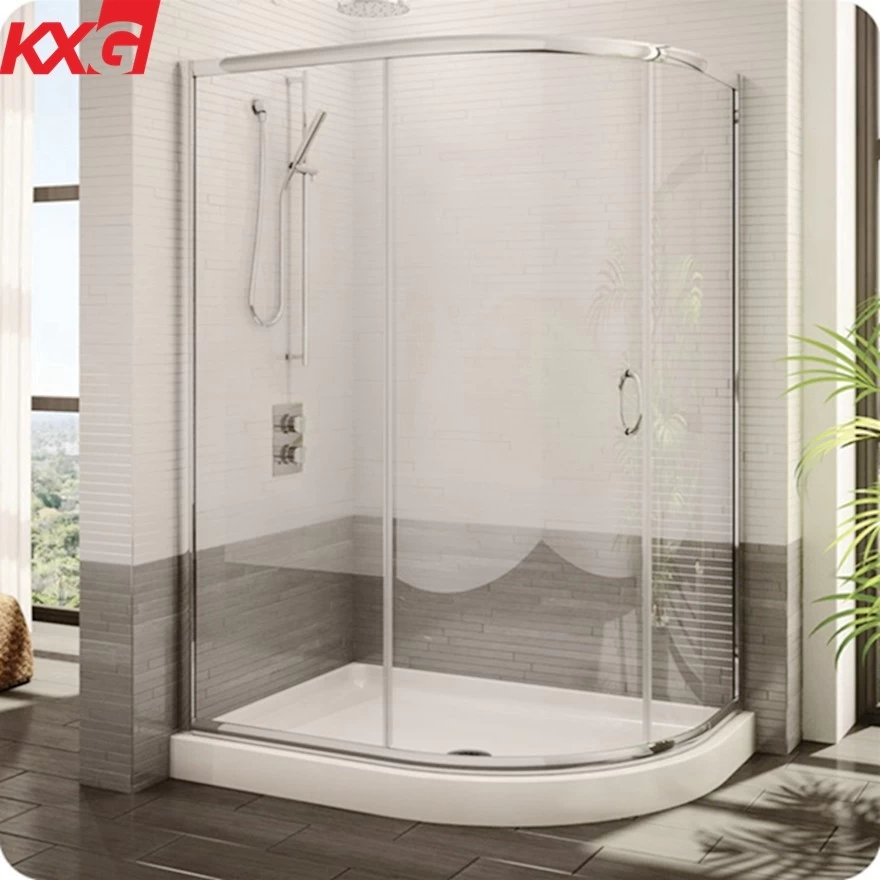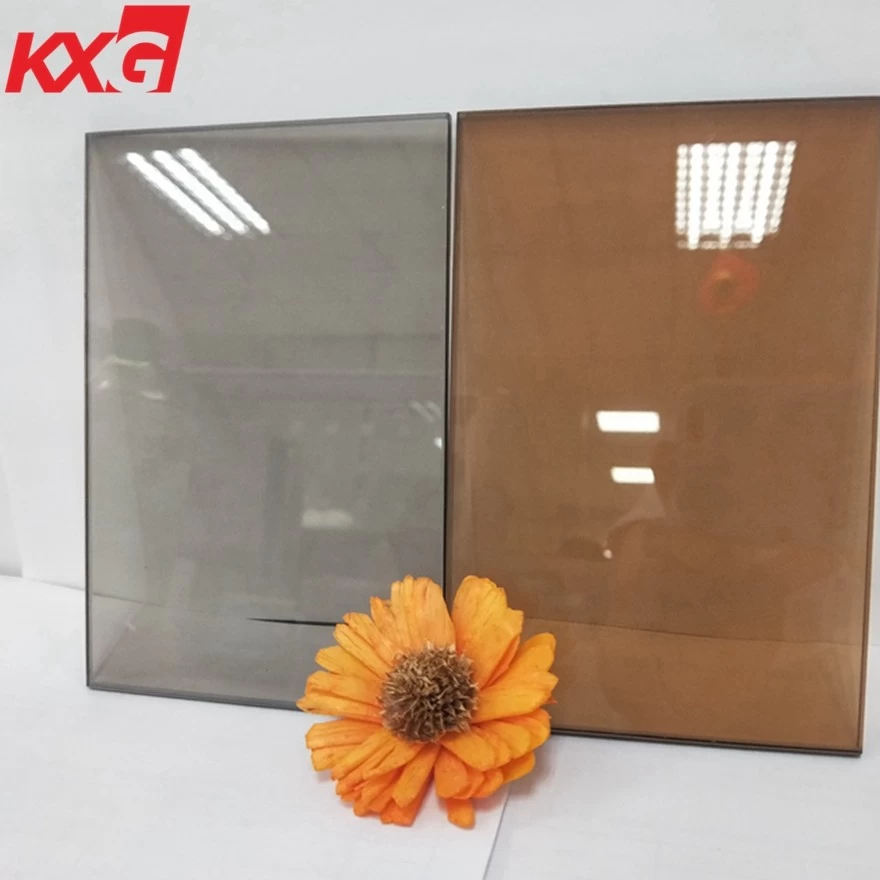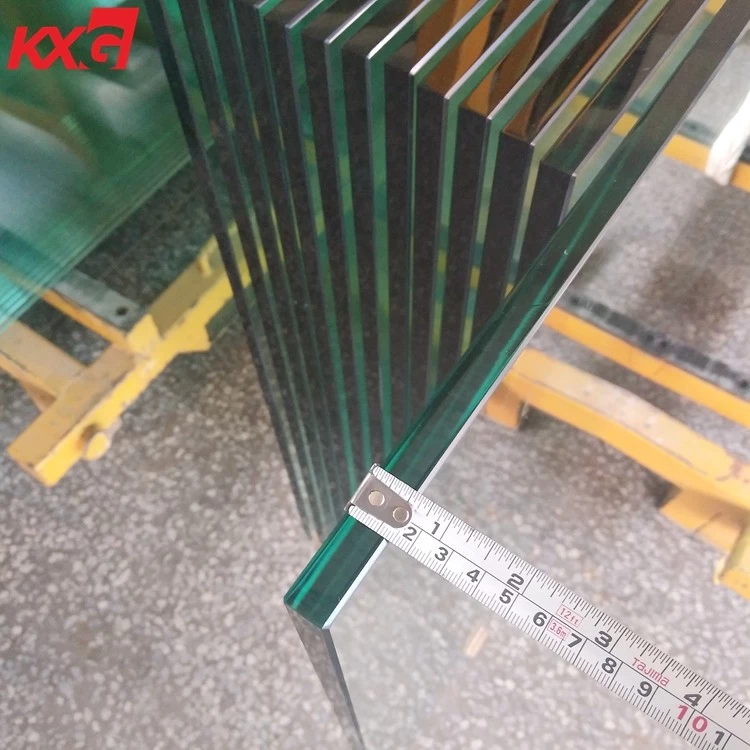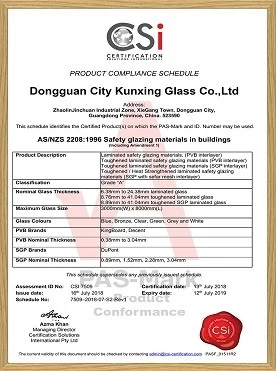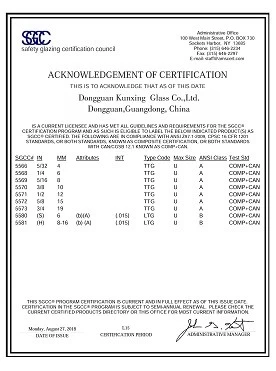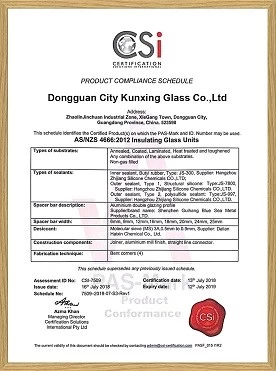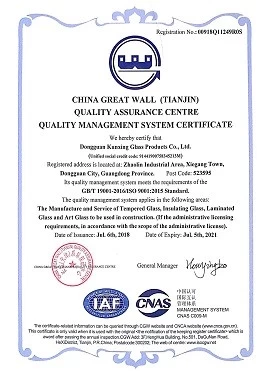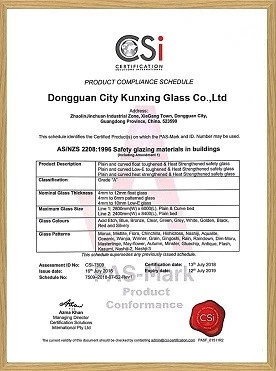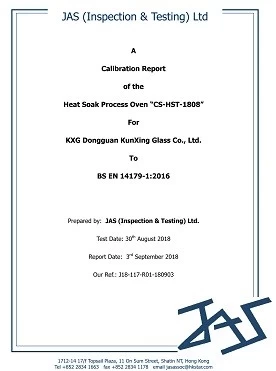Analysis of building glass characteristics
As a common building material, glass plays an important role in modern architecture. It not only provides light and vision but also provides thermal insulation, sound insulation, fire protection, and other functions. In the construction field, commonly used glass types include ordinary glass, tempered glass, laminated glass, and low-emissivity insulated glass.
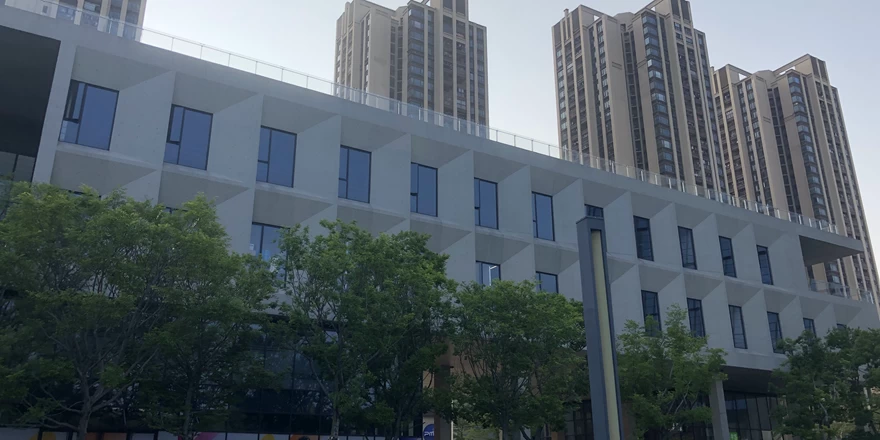
When choosing glass, in addition to considering its type, you also need to consider the usage scenario. For example, using clear ordinary glass in an office building can provide good visibility and natural light; while in a laboratory or factory environment, higher safety tempered glass may be chosen; in places such as music recording studios or theaters. Laminated insulating glass with better sound insulation may be used.
Float glass: It has good transparency and light transmission, but is relatively weak in terms of security. Due to its low cost, float glass is widely used in windows and doors.
Tempered glass: It is a kind of prestressed glass. In order to improve the strength of the glass, chemical or physical methods are usually used to form compressive stress on the surface of the glass. When the glass is subjected to external forces, it first offsets the surface stress, thereby improving the load-bearing capacity and enhancing the glass's own resistance. Wind pressure resistance, impact resistance, etc.
Tempered Glass Performance:
1. Safety. When glass is damaged by external forces, the fragments become small obtuse angle particles resembling honeycomb shapes, reducing damage to the human body.
2. High strength. The impact strength of tempered glass with the same thickness is 4-5 times that of ordinary glass, and the bending strength is 3-5 times that of ordinary glass.
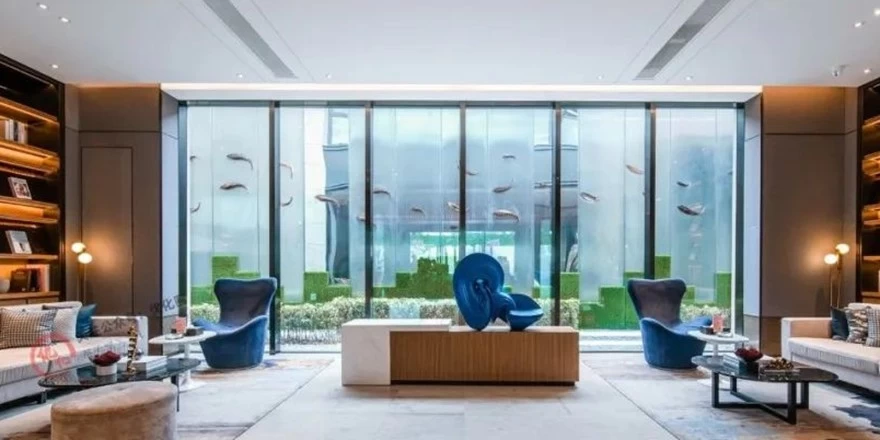
3. Thermal stability. Tempered glass has good thermal stability, can withstand a temperature difference of three times that of ordinary glass, and can withstand temperature changes of 200 ℃.
4. After glass tempering, cutting cannot be carried out, and the glass size, cutting, and drilling should be done before tempering.
5. Tempered glass has the characteristic of self-explosion. Self-explosion refers to self-explosion that occurs without external mechanical force.
tempered glass design supplier
Application: Widely used in glass curtain walls, doors and windows, partitions, guardrails, bathrooms, furniture, household appliances, and other places that require glass strength and safety protection for the human body.

Laminated glass: Laminated glass is a composite glass product consisting of two or more pieces of glass sandwiched between one or more layers of organic polymer intermediate film. After special high-temperature pre-pressing and high-temperature high-pressure processing, the glass and intermediate film are permanently bonded into one.
Laminated Glass Performance:
When damaged of laminated glass, the fragments still adhere to the adhesive layer, avoiding damage to the human body caused by debris splashing. Therefore, laminated glass is commonly used in places that require sound insulation and protection such as high-rise buildings, airports, hospitals, etc.
Application: Mainly used for decoration projects with safety requirements, such as high-rise curtain walls, partitions, doors and windows, etc.
LOW-E glass: Low-E glass, also known as low-emissivity glass, is a film-based product composed of multiple layers of metals or other compounds coated on the glass surface. Its coating layer has the characteristics of high transmission of visible light and high reflection of mid- and far-infrared rays, which makes it have an excellent heat insulation effect and good light transmittance compared with ordinary glass and traditional architectural coated glass.
LOW-E Glass Performance:
Close to the natural original color of glass. It has a high transmittance in the visible light band of wavelength, and will not cause serious anti-glare pollution due to the high reflectivity of the glass to visible light.
Application: The correct combination is suitable for use in subtropical areas with hot climates (such as) energy-saving glass curtain walls and skylights in modern green buildings.
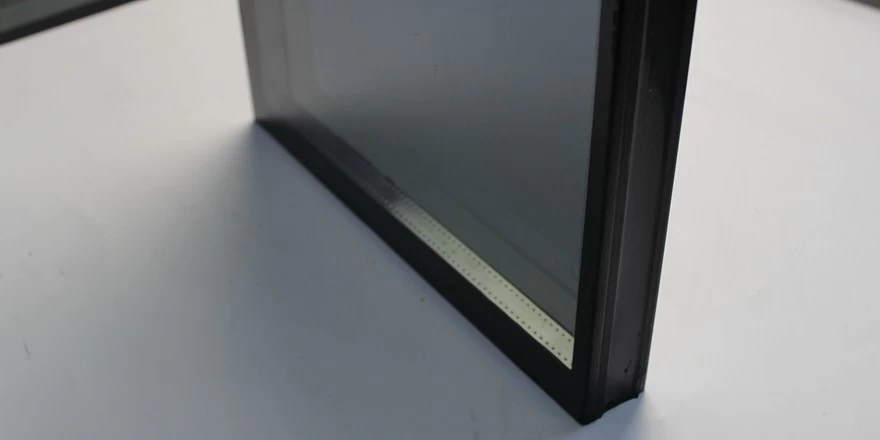
Insulated glass: It is a high-efficiency sound insulation and heat insulation made of two or more pieces of glass, using a high-strength and high-airtight composite adhesive to bond the glass pieces to an aluminum alloy frame containing a desiccant.
Insulating glass has many properties superior to ordinary double-layer glass, so it has been recognized by countries all over the world. Insulating glass is to evenly space two or more pieces of glass with effective support and bond and seal around them so that an air layer is formed between the glass layers. Its main materials are glass, warm edge spacers, corner bolts, butyl rubber, silicone structural glue, and desiccant.
Insulated Glass Performance:
The thermal conductivity of glass is 27 times that of air. As long as the insulating glass is sealed, the insulating glass has the best thermal insulation effect.
Application: Insulated glass is mainly used in buildings that require heating, air conditioning, prevention of noise or condensation, and those that require no direct sunlight and special light. It is widely used in residences, restaurants, hotels, office buildings, schools, hospitals, shops, and other places where room air conditioning is needed. It can also be used in doors and windows of trains, cars, ships, etc.

The types of glass commonly used in buildings include ordinary glass, tempered glass, laminated glass, and LOW-E glass. They play an important role in different usage scenarios and have different cost and processing requirements. Knowing this information can help us make informed choices and ensure the safety, functionality, and aesthetics of a building project.

